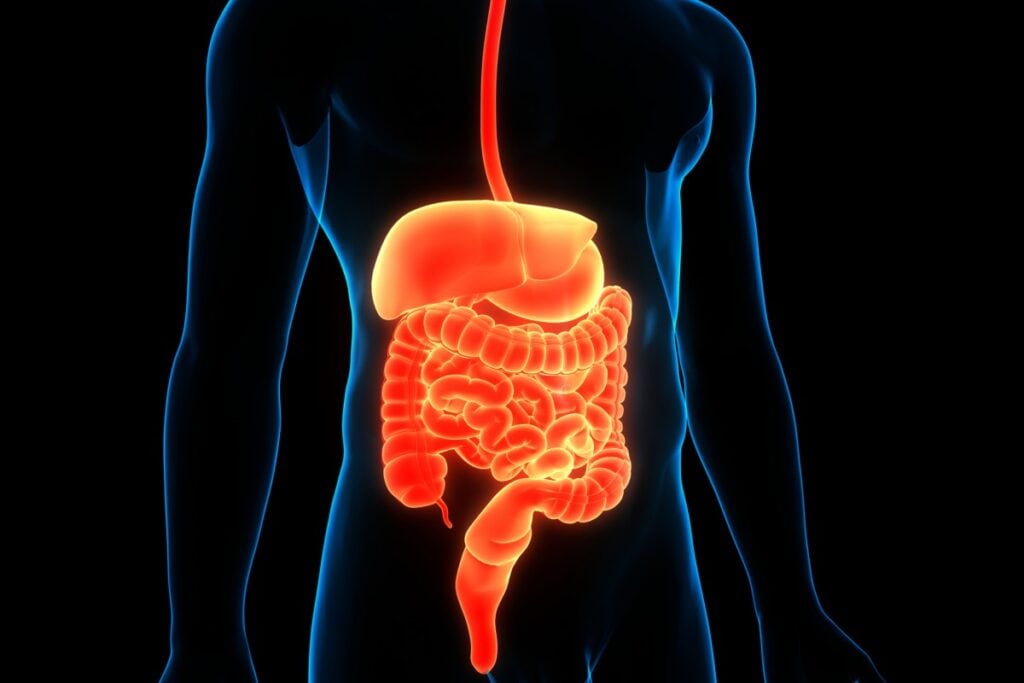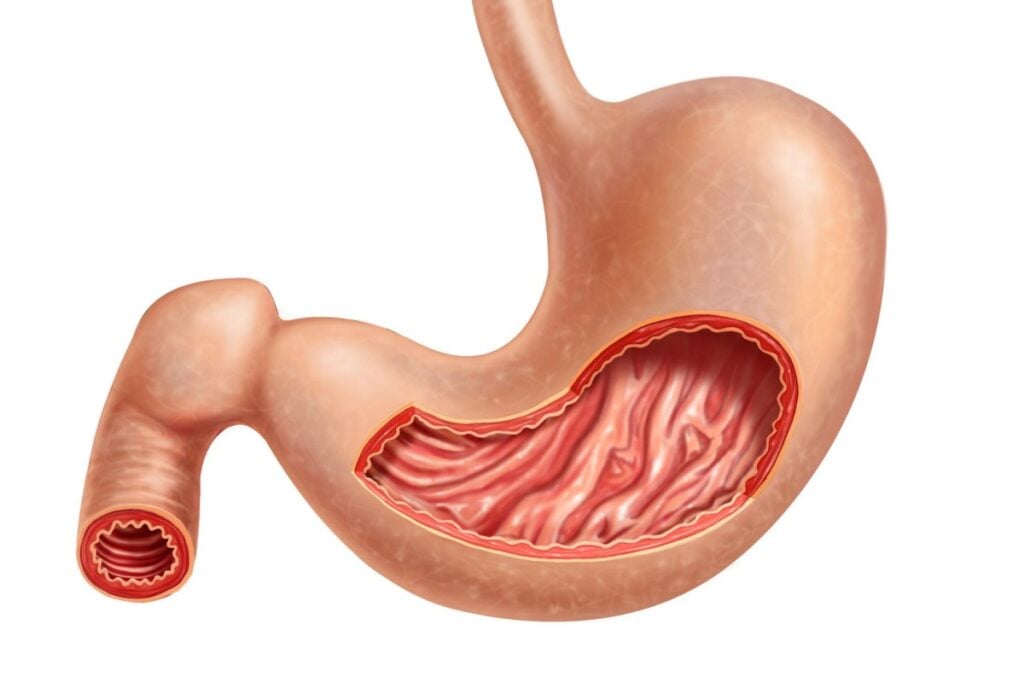Knowing the ins and outs of the digestive system is an interesting topic to study, particularly the stomach. There are many parts of the stomach, and one mystery among them is the gastric antrum.
If you enjoy eating different kinds of food, you may be wondering how this organ can possibly store and digest them. If you paid attention in class as a kid, then that’s good. But if not, then you’re in for a treat because this post will explain how the digestion process works.
Discover also the different parts of the stomach and some of the common gastric antrum problems you may encounter. Keep reading below to find out more.
What is the digestive system?

Whether you’re a light or heavy eater, you may wonder how your body digests the food you eat. This complex system works together to break down and absorb the nutrients you need to function and survive.
Made up of the gastrointestinal tract, or the GI tract, the digestive system is composed of the different organs below.
Mouth and esophagus
The digestive process starts in the mouth when you eat. As you ground up your food and moisten it with your saliva, it will pass through your esophagus before moving down the stomach.
This is why it’s important to chew your food carefully to make sure it’ll go down smoothly.
Stomach
The stomach’s main function is to receive food from the esophagus, mix it with digestive enzymes and acids, and break it down into smaller particles. This prepares the food for further processing and absorption in the small intestine.
Located on the left side of your upper abdomen, the stomach can change in size depending on how much food you consume. When you eat, the stomach expands to accommodate food and liquid, holding as much as four liters.
On the other hand, when the stomach is empty, it deflates into a fist-like size which is why it’s really surprising how much it can expand. To maintain good digestive health, it’s important to understand how the stomach functions and responds to food.
Small intestine
After the food passes through the stomach, it enters the small intestine, where the digestive process continues. The small intestine is a long tube-like organ that is divided into three parts – the duodenum, jejunum, and ileum.
duodenum – responsible for receiving partially digested food from the stomach and mixing it with digestive enzymes from the pancreas and bile from the liver
jejunum – this is where most of the nutrients, such as carbohydrates, proteins, and fats, are absorbed into the bloodstream
ileum – absorbs any remaining nutrients and water before sending the waste products to the large intestine
The small intestine plays a crucial role in the digestive process as it breaks down food and absorbs nutrients essential for the body’s functioning.
Large intestine
After the small intestine absorbs all the essential nutrients and water from the food, the waste products are passed on to the large intestine. Here, the waste products are converted into stool.
The rectum serves as a storage unit for this stool until it is expelled through the anus during a bowel movement.
Anatomy of the Stomach

Now that you’re more aware of the digestive system let’s talk about the stomach – one of the key organs in the digestive process.
Despite appearing small when empty, the stomach is actually divided into five parts through which food travels.
Cardia
The cardia is the upper part of the stomach that contains the cardiac sphincter. This prevents food and stomach acid from moving back up the esophagus, which can be unpleasant.
The cardiac sphincter acts like a valve in response to the pressure changes in the stomach, allowing food to enter the stomach for further digestion.
Fundus
Below the diaphragm and next to the cardia is the rounded section called the fundus. The fundus primarily holds gas during the digestive process and is not typically used to store food.
However, in cases where the stomach is exceptionally full, food may also be temporarily stored in the fundus.
Corpus
The corpus, or body, is the mid-part and largest section of the stomach. This is where the food is stored until it’s ready to go down the small intestine.
Antrum
Probably the least talked about section, the gastric antrum is at the lower end of the stomach, near the small intestine. The food mixes with gastric juices at the antrum, forming chyme along the way.
Pylorus
The bottom part of the stomach, the pylorus controls the movement of the stomach’s contents into the small intestine through the pyloric sphincter. This ensures that the food stays in the stomach until it’s ready for digestion.
Common Stomach Problems
Like any other part of the body, the stomach can encounter various problems that can affect its function. Some of these conditions can be life-threatening if not treated properly and include:
Adenocarcinoma
Patients with gastric cancer are usually diagnosed with adenocarcinoma. 31% of this type of cancer mostly develops in the cardia, 26% in the gastric antrum, and 14% in the corpus or body of the stomach.
Fortunately, there are three modes of treatment for gastric cancer:
Surgical therapy
Depending on the location and size of the tumor, doctors may perform either a subtotal or total gastrectomy. In some cases, a lymphadenectomy, or the removal of regional lymph nodes, is also performed to cure the patient.
Endoscopic therapy
Another treatment option for gastric cancer is endoscopic therapy. Various procedures can be completed through endoscopy, such as resection, ablation, and stricture dilation.
Chemotherapy
Despite the stomach’s sensitivity to this treatment, chemotherapy is still used for patients with gastric cancer. This treatment can help reduce symptoms to improve your quality of life.
Gastritis
Gastritis happens when the lining of the stomach becomes inflamed or irritated. This may occur suddenly or gradually and is usually caused by using cigarettes, extreme stress, or injuries to the stomach.
Symptoms of gastritis include the following:
- nausea
- vomiting
- bloating
- abdominal pain
- indigestion
- loss of appetite
- dark stool
Consult your doctor once you experience discomfort from these symptoms. They will usually prescribe antibiotics and recommend changing your diet to treat this condition.
Ulcer
Gastric ulcer develops along the lining of your stomach and may cause burning abdominal pain during or after meals. Other symptoms of an ulcer include:
- blood in the stool
- nausea
- weight loss
- abdominal pain
Stomach ulcers can be a serious health concern that should not be taken lightly. It is important to seek medical attention right away if you suspect that you may have an ulcer. Delaying treatment can lead to complications that can be severe and even fatal in some cases.
Conclusion
Whether you’re a student, a health enthusiast, or simply curious about how your body works, exploring the digestive system is a rewarding topic to learn. Understanding the different parts of the stomach, including the mysterious gastric antrum, can help you better appreciate the incredible work that bodies do every day.
Moreover, learning the digestion process can significantly impact the choices you make about the foods you eat. This will help you live a healthier life and lessen your risks of developing digestive conditions.

